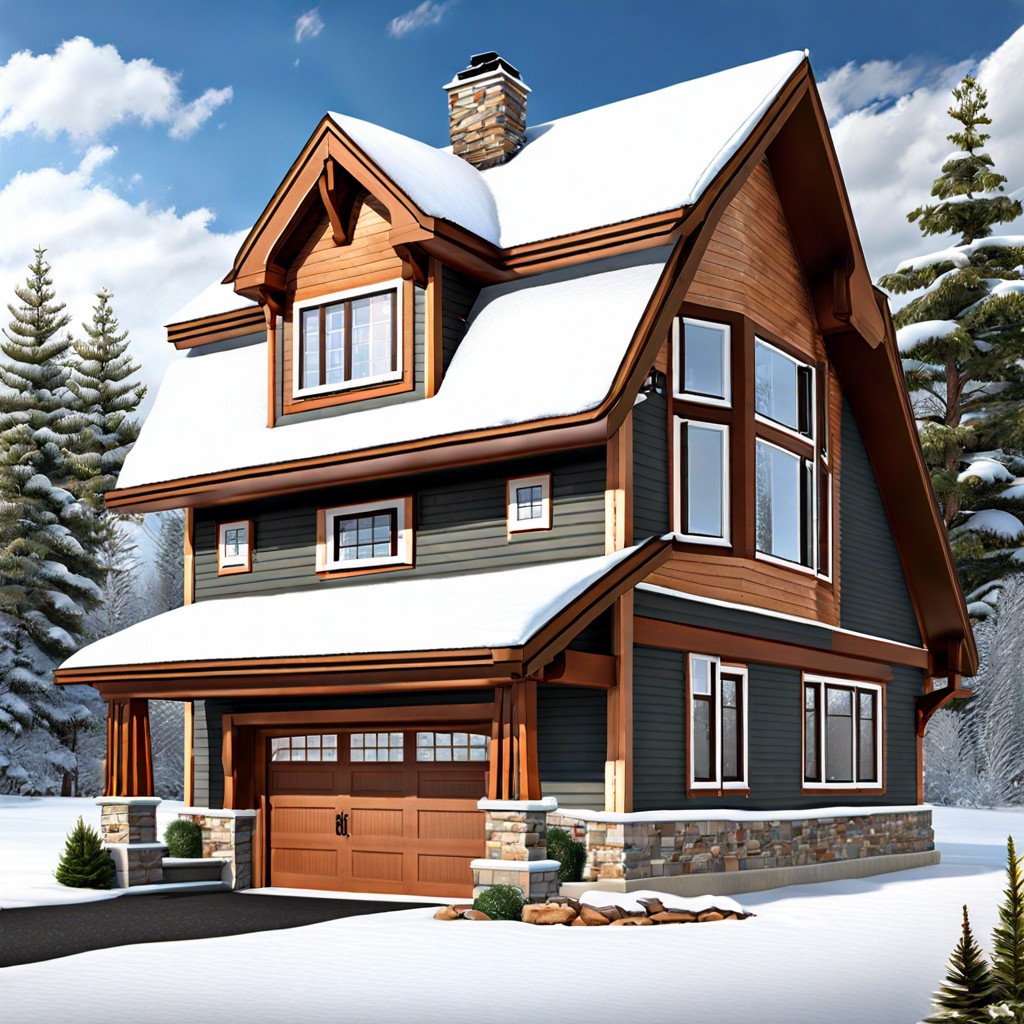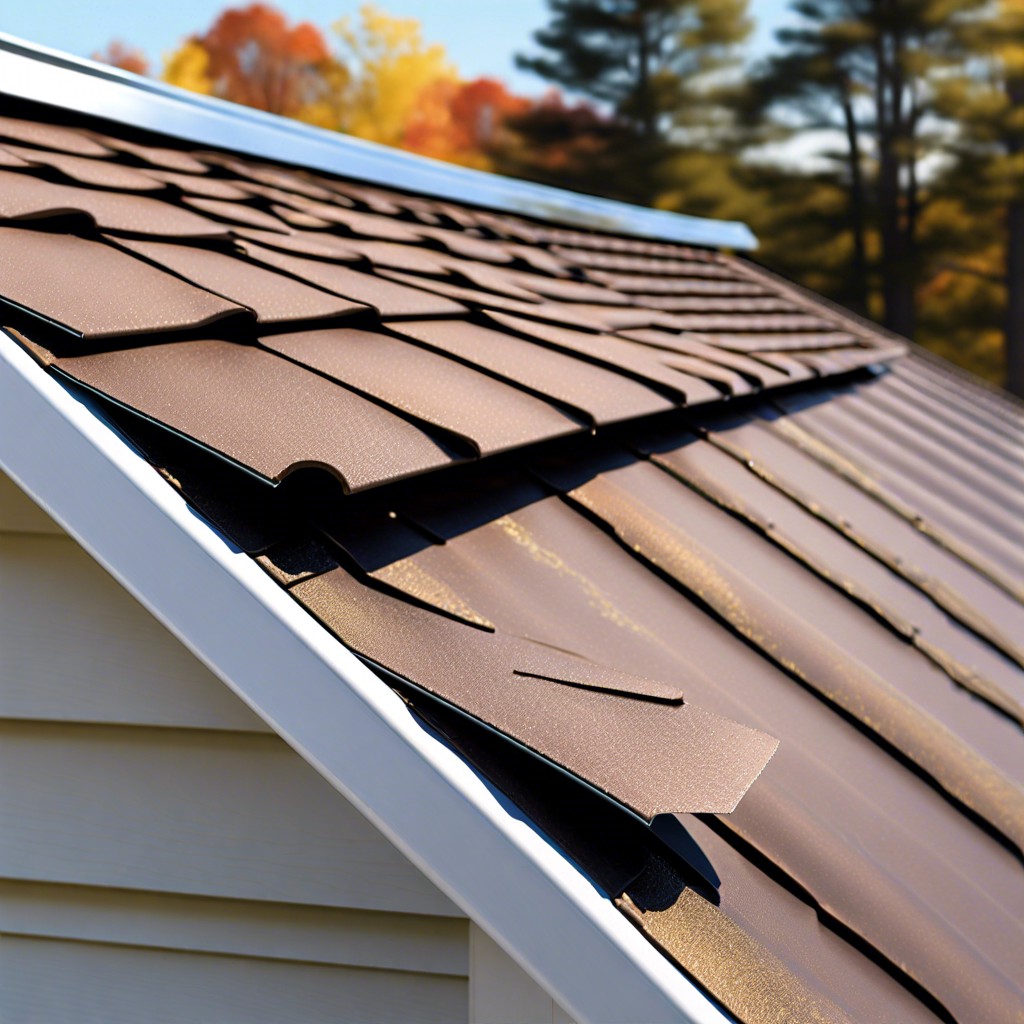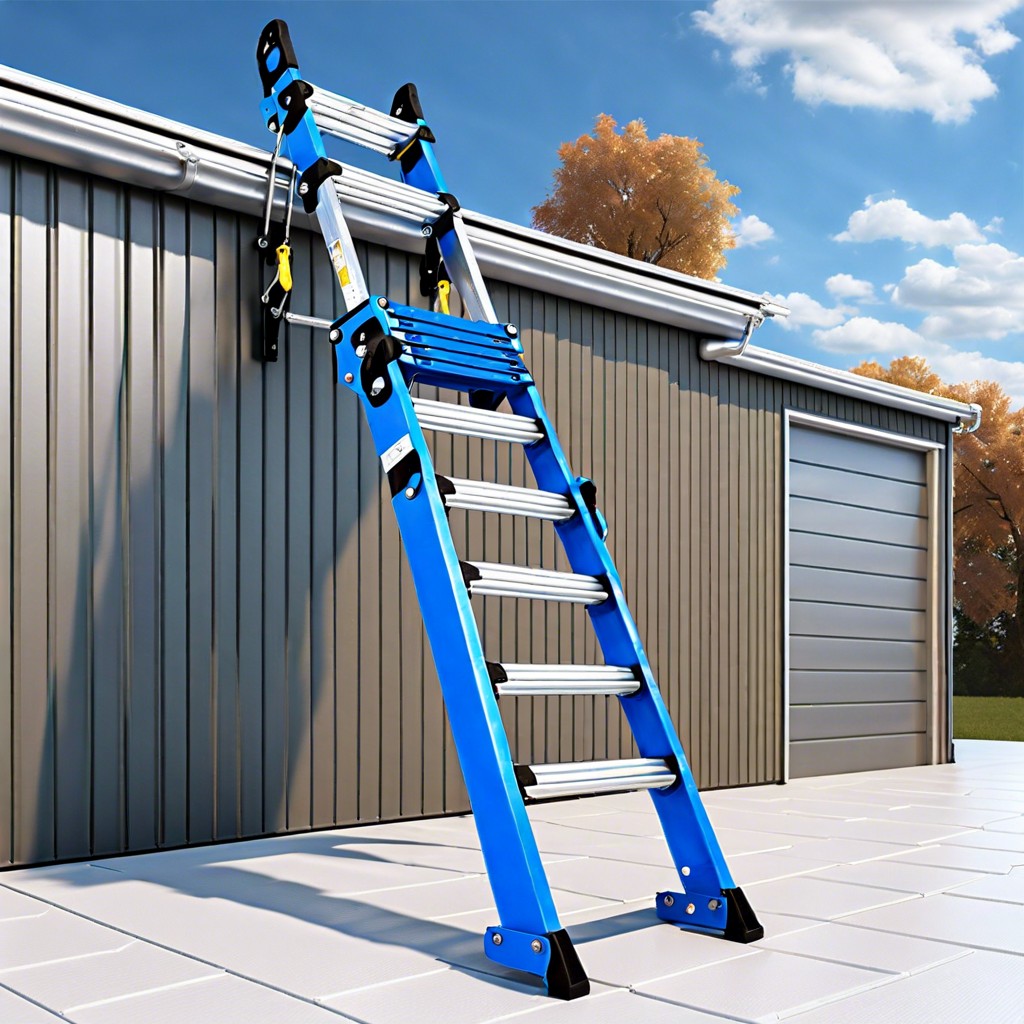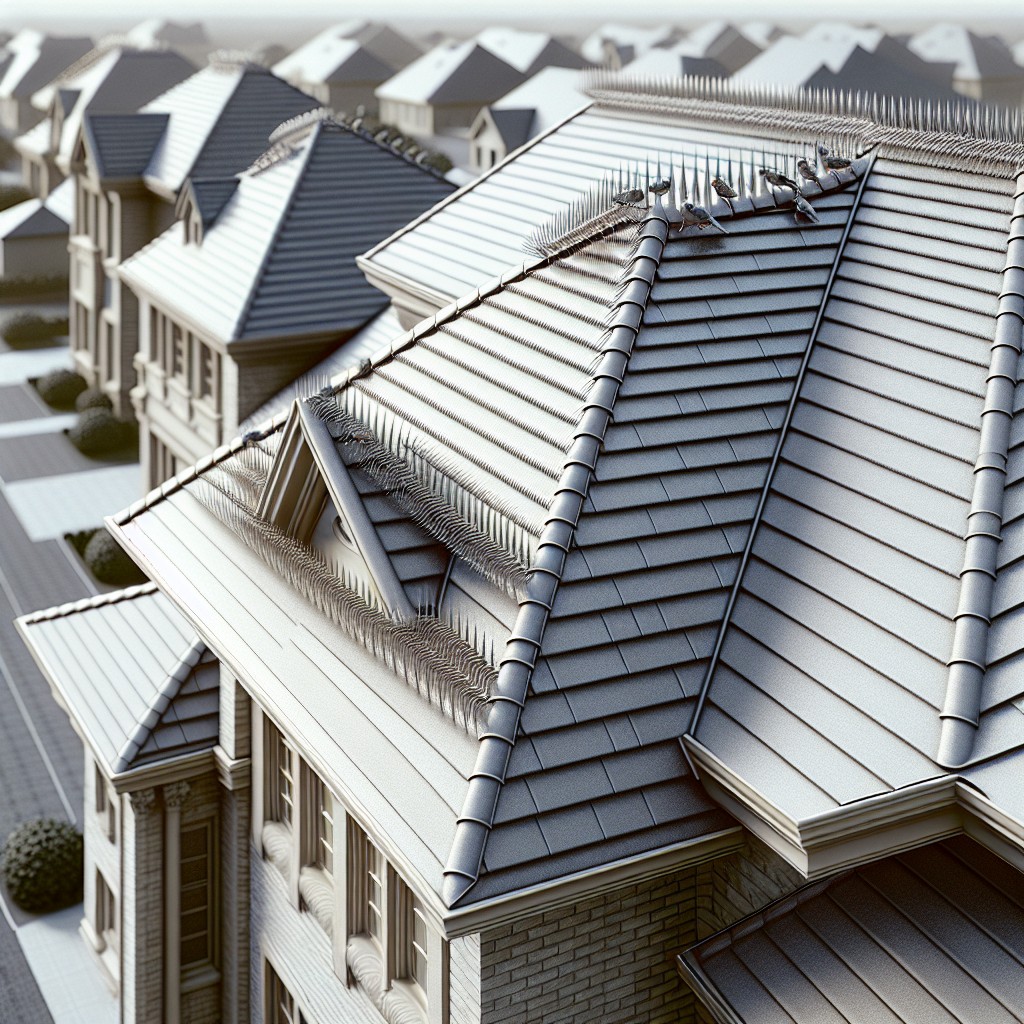Last updated on
Learn practical steps to prevent ice dams from forming on your roof.
Key takeaways:
- Understanding Ice Dams and How to Prevent Them
- Factors Contributing to Ice Dam Formation
- Preventative Measures
- Long-term Ice Dam Prevention Strategies
- Professional Roof Evaluation
Understanding Ice Dams
Based on the instructions provided, I’ll rewrite them on how to discuss the topic of roofs, specifically addressing ice dams.

—
**Understanding Ice Dams and How to Prevent Them**
Ice dams are a common wintertime problem for many homeowners, and they can cause significant damage to your roof and home if not properly addressed. An ice dam is a ridge of ice that forms at the edge of a roof and prevents melting snow from draining off the roof. The water that backs up behind the dam can leak into a home, causing damage to walls, ceilings, insulation, and other areas.
**Factors Contributing to Ice Dam Formation:**
- Poor attic insulation and ventilation: Heat from your home can escape into the attic and melt snow on the roof, contributing to ice dam formation.
- Temperature fluctuations: When roof temperatures are uneven, snow melts unevenly, leading to water runoff that can refreeze at the roof edge.
- Clogged gutters: Blocked gutters can trap water and snow, facilitating the development of ice dams.
**Preventative Measures:**
– Improve attic insulation and ventilation: This will keep the roof temperature more consistent, reducing melting and refreezing of snow.
– Remove snow from the roof: Use a roof rake or hire a professional to clear snow from the edge of your roof after heavy snowfall.
– Install heat cables: These can prevent ice from forming along the edges of your roof.
– Keep gutters clean: Regularly remove leaves and debris to ensure proper water flow.
**Conclusion:**
Understanding the causes of ice dams and taking proactive measures to prevent them can save homeowners from costly repairs. Proper insulation, ventilation, and maintenance are key to keeping your roof ice-free during the winter months.
Long-term Ice Dam Prevention Strategies
Effective long-term prevention of ice dams hinges on maintaining a consistent roof temperature. This can be accomplished by increasing attic insulation, ensuring proper ventilation, and sealing air leaks. Upgrading attic insulation to a higher R-value minimizes heat loss from the living space below, preventing snow on the roof from melting unevenly. Ventilation is also critical; a well-vented attic allows for a continuous flow of cold air beneath the roof decking, which helps to keep the entire roof at a uniform temperature. Adding soffit and ridge vents is often necessary to achieve this airflow.
Additionally, sealing air leaks where electrical wiring, plumbing vents, or light fixtures penetrate the attic floor can block warm air from rising and creating hot spots on the roof surface. These strategies, when implemented together, form a comprehensive approach that not only prevents the formation of ice dams but also improves overall energy efficiency.
Attic Insulation and Ventilation Improvements
Proper attic insulation is crucial in maintaining a consistent temperature throughout your roof, thus preventing the uneven melting and refreezing of snow that leads to ice dams. Ideally, your attic floor should be airtight, allowing no warm air from your living space to enter the attic. This can be achieved by sealing gaps around light fixtures, pipes, and other ceiling penetrations. Insulating between the joists with high R-value material is key—it keeps heat in the living spaces where it belongs.
Ventilation works hand-in-hand with insulation. Without adequate ventilation, the sun’s heat can warm your roof from the outside, exacerbating ice dam formation even if your attic is well-insulated. Proper airflow from soffit vents to ridge or gable vents is necessary. The goal is to create a ‘cold roof,’ a condition where the outside temperature is nearly the same as the roof’s surface. To facilitate this, ensure that soffit vents are unobstructed by insulation and consider installing baffles to maintain a clear air passage. Regularly inspect and clean these vents to ensure they function efficiently throughout the year.
Applying Calcium Chloride Socks
Calcium chloride socks serve as a targeted ice melt solution. To use, you fill a nylon stocking with calcium chloride granules. Place these socks perpendicular to the roof ridge, spacing them evenly over the ice dam. As the calcium chloride dissolves, it creates channels through the ice, allowing trapped water to flow freely off the roof.
This method is effective because calcium chloride is a powerful ice melt agent that works at temperatures as low as -25 degrees Fahrenheit. Its exothermic reaction rapidly lowers the freezing point of water, which speeds up the melting process. Unlike rock salt, calcium chloride is less damaging to shingles and aluminum gutters, reducing the risk of corrosion.
When applying calcium chloride socks, it is essential to ensure that they do not block gutters or downspouts. Wear rubber gloves to protect skin from the chemical and avoid contact with plants and metal surfaces to prevent damage. Always use caution when working on a ladder or roof in winter conditions.
Professional Roof Evaluation
A thorough roof evaluation by a professional can identify potential vulnerabilities contributing to ice dam formation. Roofing experts look for inadequate insulation, poor ventilation, and structural issues that can lead to uneven roof temperatures. They will also assess the condition of shingles, flashing, and gutters, which are crucial for proper water runoff. By pinpointing these concerns, they can offer targeted solutions to prevent ice dams from arising.
One key aspect that professionals examine is the roof’s ability to handle the load from snow and ice. They calculate the weight tolerance based on the structure’s design and suggest reinforcements if necessary. Additionally, they might recommend installing heating cables in areas prone to ice accumulation, which, when used responsibly, help maintain a consistent roof surface temperature.
Regular inspections, especially post-storm, are essential for early detection of ice dam precursors. A professional can spot subtle signs of damage or water infiltration that may go unnoticed by the untrained eye. Implementing their recommendations can not only prevent ice dams but also extend the lifespan of your roofing system.




